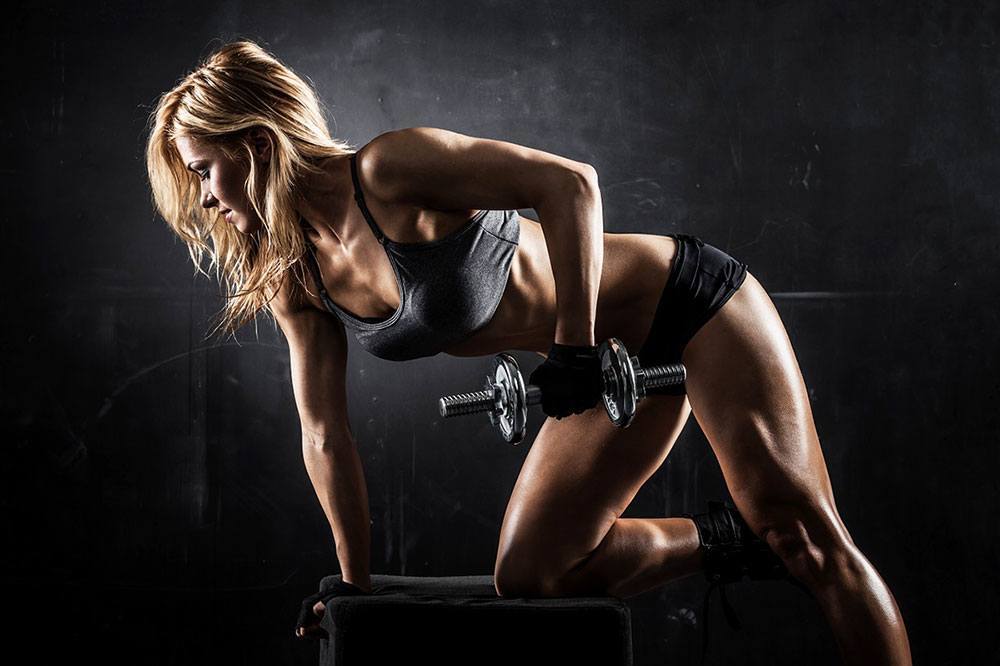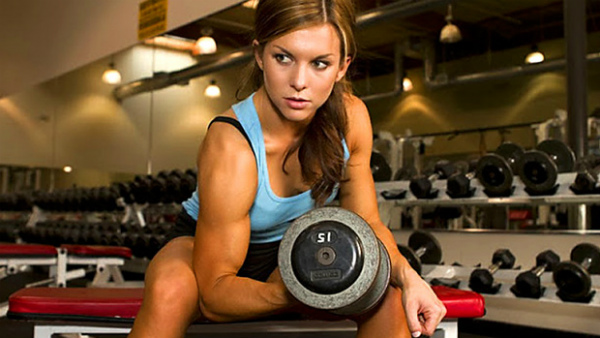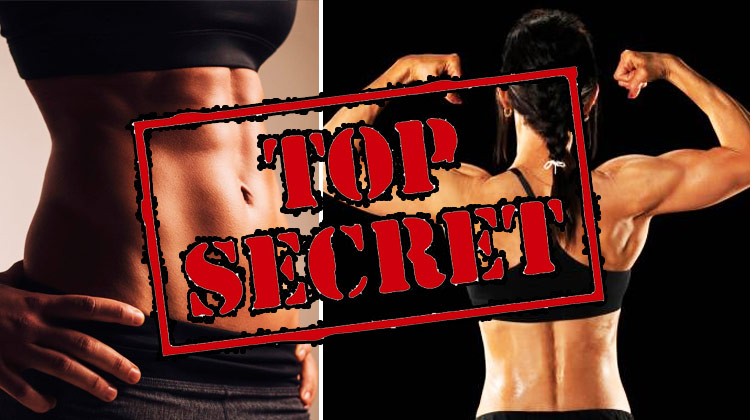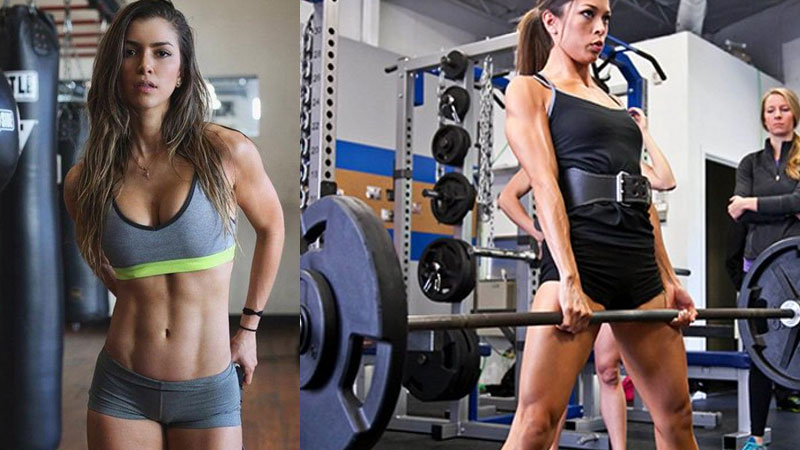
Does Exercise During Your Period Burn More Calories?
You train hard and like to hit the gym regularly. But now you’re wondering if you might burn more calories and lose more weight when you’re on your period.
And the answer is actually surprisingly interesting.
Men and women aren’t the same, that’s pretty obvious. We react differently in the gym and although men might be that little bit stronger, women have more endurance and stamina.
The biggest difference between men and women is the different hormones that flow around your body.
And it’s some of these hormones that help control and regulate your period.
Can you train all month and burn more weight? Will exercising on your period lead to better weight loss?
Let’s take a look…
A Woman’s Period and Her Hormones
It’s hard to discuss periods without talking in averages. After all, menstrual cycles are often talked about in the context of 28 days.
But they’re rarely exactly that length. Some women have shorter periods, other have longer.
Women that has a menstrual cycle lasting between 21 and 35 days is classed as eumenorrheic- or basically she has a normal period length.
But just to make things easy we’ll talk about periods over a 28 day calendar. And you can then play around with the information to suit your own needs based on your own individual cycle length.
Here’s what happens:
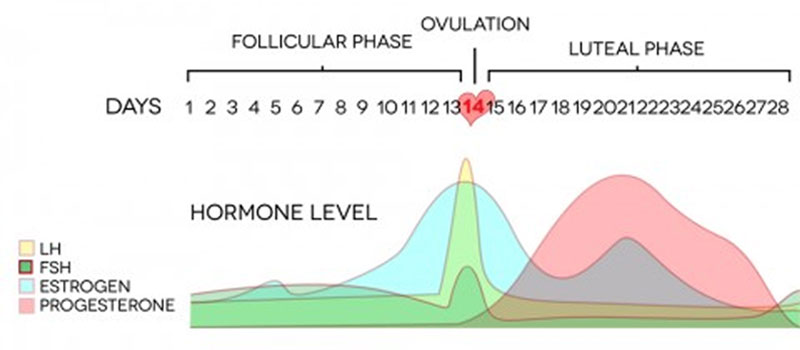
Days 1-14: Follicular phase
The first day of your period is when you start bleeding. It signals the start of your period and is when day 1 starts. You can expect to bleed for around 3-5 days, although there are again some variances.
During so so called ‘follicular phase’, a hormone called estrogen and one called progesterone start off low. This triggers the release of follicle stimulating hormone from your brain and from there, a follicle is formed and begins to mature.
As the follicle grows it starts off an increase in estrogen, which begins to increase towards day 7 and subsequently peaks at day 12-14.
The sharp rise in estrogen then triggers your brain to release luteinzing hormone, that powerfully ruptures the follicle and releases the egg inside it.
This is called ovulation and is accompanied by feelings of high sex drive (mostly because of a small rise in testosterone which boosts libido) and thicker mucus that’s more hospitable for sperm to mature in.
Days 14-28: Luteal phase
There are two mini phases here, with each one lasting around 7 days long.
After ovulation, estrogen levels fall rapidly because luteinizing hormone levels decrease.
In the early luteal phase, the burst follicle now begins to produce progesterone via the corpus luteum (hence the name luteal phase).
As progesterone peaks at around the mid to end luteal phase, it prepares the uterus for pregnancy and maintains uterine lining. There’s also another, smaller peak of estrogen too as the two hormones work together to prepare the egg for fertilization.
At this stage, if you get pregnant, progesterone remains high to help with development of an embryo.
But if you don’t, it decreases. And this leads to your corpus luteum degrading and then of course bleeding starts as you shed your uterine lining in preparation for the next period.

How Does Your Period Affect Your Body During Exercise?
So why the biology lesson up to this point?
Well all these hormonal changes across the month also affect what happens to your body during exercise. For example, across the 28 days you’ll experience:
- Changes in body temperature and metabolic rate
- Energy levels will peak and fall
- Your strength and endurance change
- The way in which you burn carbs and fats for fuel alters
But if you harness the power of these changes you can use them to your advantage – especially if you want to burn more calories on your period.
Again, breaking it down by phases of the menstrual cycle shows what happens to your body during exercise…
Follicular phase exercise considerations
Because estrogen is elevated while progesterone is low, the follicular phase suits real tough, hard workouts.
Estrogen is an anabolic hormone for women that protects against muscle damage, speeds up recovery and even helps muscle ‘remodel’ or grow faster.
if your goal is to sculpt some muscle shape, this is the phase to do so.
You burn more carbs for fuel during the follicular phase , but not more calories in total. Your body is primed for hard exercise however, as carbs are your main fuel source at higher intensities.
Couple that with optimal body temperature and you’re good to go.
You’ve also got more energy. This leads to a higher level of strength and endurance for HIIT workouts as well.
And finally, just when you’re thinking you might be Superwomen, you’ll also find that you fatigue slower and even have higher pain tolerance here too. So you pretty much are!
So does exercise during your period burn more calories?
Not directly.
But you’ve got all the tools you need to smash your workouts and make a big difference to your figure.
The follicular phase is basically for female badasses that aren’t afraid to really ramp up their workouts.
[infobox]Follicular phase summary: You’re strong, fit and have a lower pain tolerance. This phase is all about hard strength training and lots of interval workouts to burn more calories.
[/infobox]Luteal phase exercise considerations
As you know from earlier in the article, the luteal phase see a big increase in progesterone.
And this hormone kind of ruins the estrogen gains party.
Your body temperature begins to increase and you might feel like your energy levels are lower. Couple that with an increase in water retention, poor sleep, loss of co-ordination and irritability from PMS and you might not want to hit the gym with the same venom as you did earlier on your period.
On the plus side your metabolic rate does increase by around 10-20%, but you’ll also feel much hungrier so what you gain on one hand you take away with the other.
After such a tough couple of weeks in the gym you’ll benefit from less intense workouts during the luteal phase. More moderate cardio and lower weights for maintenance is the safest and most effective approach here.
[infobox]Luteal phase summary: A lack of energy coupled with increased body temperature might make intense exercise harder. You do burn more calories at rest due to increased metabolic rate, but your appetite might cancel that out unless you’ve got your diet nailed.
[/infobox]Summary – So does your body burn more calories on your period?
The answer isn’t a simple yes or no.
You do burn more calories at rest during the luteal phase. But your ability to work hard during the follicle phase sees you able to ramp up the workout intensity.
Being aware of the changes that occur across your cycle helps you to adapt your exercise program to optimize how your body burns calories on your period.
During the first two weeks you should be aiming for some real high-volume, high-intensity strength training and cardio while your energy levels and carbs burning potential is elevated.
This will lead to a huge stimulus for calorie burn during your period and some nice lean tissue.
In the last two weeks of your period you switch the calorie burning towards stored fat.
But this is offset by elevated appetite and hunger.
You might not have as much energy and your co-ordination might be less-than-perfect during the luteal phase. But you can ease off the intensity and go for some moderate intensity workouts to carry on burning calories during your period here too.
